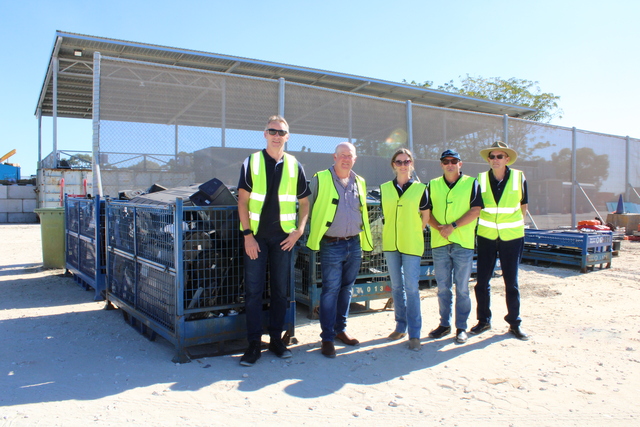The Australian Government has renewed the Roads to Recovery programme for a further four years and will direct $1.35 billion to about 700 councils to develop the local road network throughout Australia. At the same time, the Government will increase its land transport spending to an unprecedented $12.5 billion over five years, including the Roads to Recovery funding and extra allocations to the Black Spot National Road Safety Programme.
The money is being made available under AusLink, the National Transport Plan.
“It is the first such plan, offering a holistic approach to meeting Australia’s transport needs and will help drive investment by other levels of government to better coordinate transport planning and decision making,” the Deputy Prime Minister and Federal Minister for Transport and Regional Services, John Anderson, said. “Australian Government transport spending is now at record levels, reflecting this Government’s priority to renew infrastructure that supports economic prosperity for all.”
The Deputy Prime Minister will announce each council’s Roads to Recovery allocation shortly. Councils will share in $1.2 billion of the Roads to Recovery funding. $30 million will be provided for the unincorporated areas of New South Wales, Victoria, South Australia and the Northern Territory. A further $120 million is being made available for AusLink strategic regional projects. Mr Anderson said that the distribution of the $1.2 billion among the States and Territories for use by councils will be the same as under the present programme.
“Within each jurisdiction, the allocation to individual councils will follow the recommendations of the State and Northern Territory Local Government Grants Commissions for 2004–05,” he said. “This is the same approach as was used for the current programme. The funds will be available from 1 July 2005 under conditions broadly similar to those applying to the present programme. In particular, councils will be free to decide the projects to be funded under the programme, as they are now.” New legislation governing the programme has been introduced to the Federal Parliament and is due to pass into law early in 2005.
John Anderson said the bill preserved the three tenets of the original Roads to Recovery Programme:
- Local decision making, which had enabled councils to determine their own funding priorities
- Simple reporting requirements and other administrative arrangements
- Direct funding to councils without State Government involvement.
“Surveys show that councils are using this federally sourced funding wisely, generating returns worth $1.80 for every dollar outlaid.
The Deputy Prime Minister said he looked forward to a continuing successful relationship between the Australian Government and Local Government in implementing the Roads to Recovery Programme over the next four years.
Further details of the programme and its operations are available from the Department of Transport and Regional Services web site at www.dotars.gov.au/transprog/road/r2r/index.htm
The web site includes details of each council’s allocation and spending profile. A full list of council nominated projects is also available on the site.







